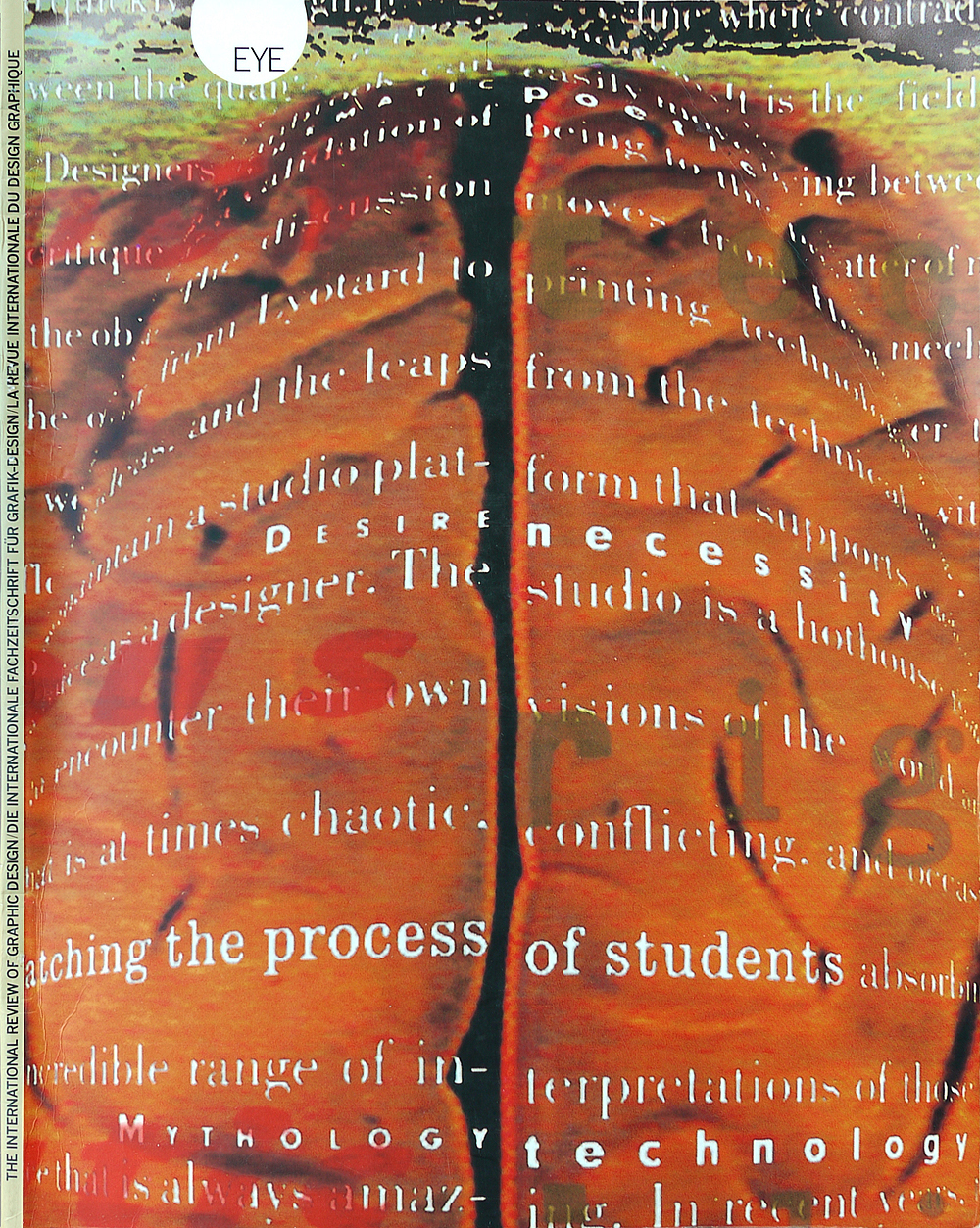Spring 1991
Traces of man
Herbert Spencer’s photographs celebrate accidental design
During the 1950s and 1960s, Herbert Spencer travelled widely in Europe, taking photographs for a travel guide to Crete, a diary of wanderings in Ireland and other projects. As he went, he documented the visual characteristics peculiar to different environments – from the City of London to a Breton village. Many of these photographs were first published as collections of what Spencer called “expressive pattern” in Typographica, the magazine he founded and edited from 1949-1967. Later they were reprinted in the volume Traces of Man.
Isolated by the act of photography, these examples of man’s interventions in the environment reveal both chance juxtapositions and unconsciously created design. Spencer argues that these anonymous marks, ranging from graffiti to makeshift signs, say more about a society than either photographic portraits and landscapes or any amount of words could do. Certainly they confirm two basic human needs: the urge to make marks and the urge to communicate. For Spencer, the charm of these random configurations lent further weight to his professional conviction that the role of typography is to engage the eye while succinctly embodying a message.
The pictures, recently exhibited at the Zelda Cheatle Gallery in London, act as a timely reminder to designers fashionably extolling the virtues of the “vernacular” of how their audience can modify and control both their environment and professionally produced graphics. It is the public, many of these photographs suggest, who tend to get the last word.
First published in Eye no. 3 vol. 1, 1991
Eye is the world’s most beautiful and collectable graphic design journal, published for professional designers, students and anyone interested in critical, informed writing about graphic design and visual culture. It is available from all good design bookshops and online at the Eye shop, where you can buy subscriptions and single issues.

